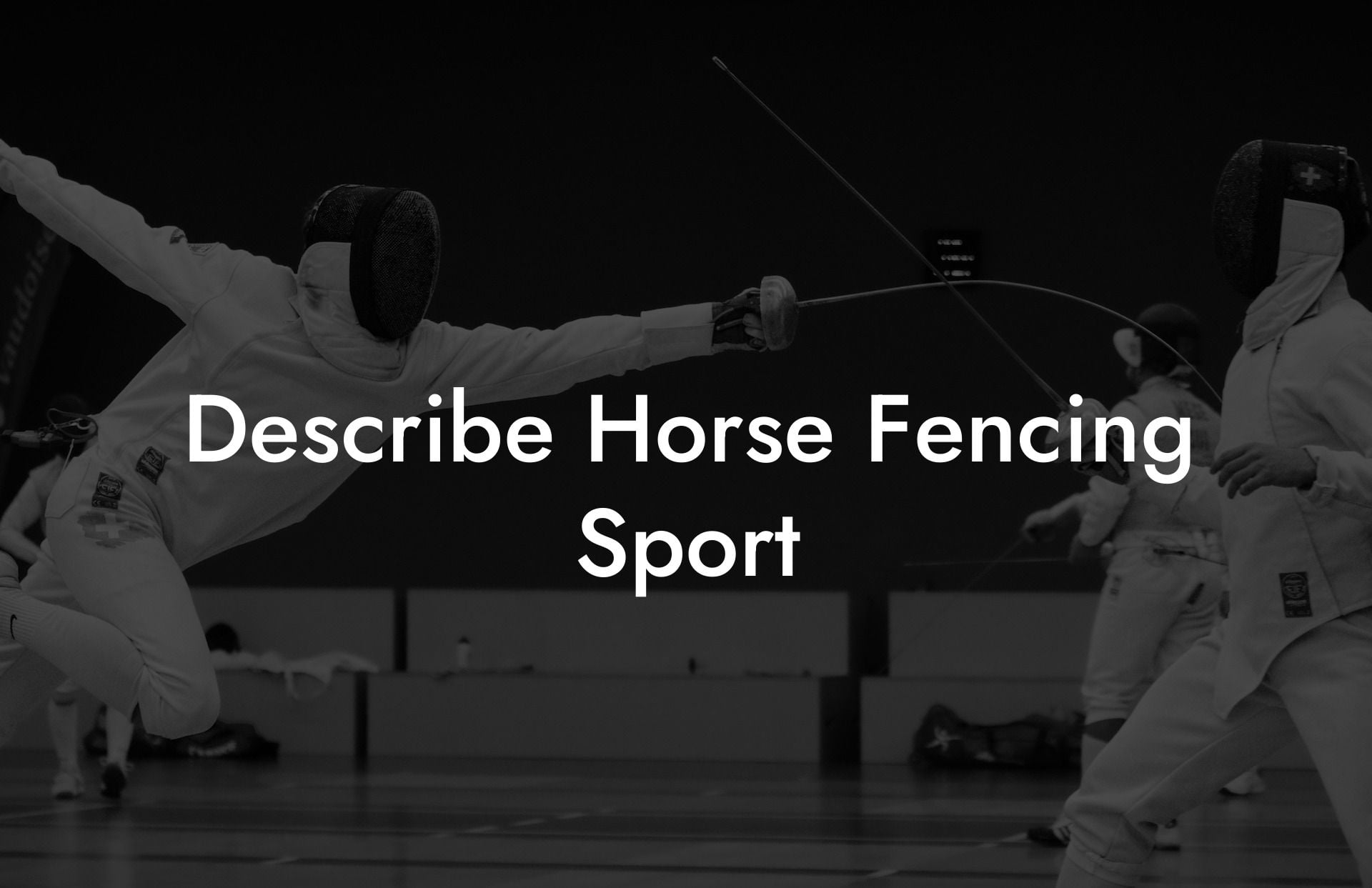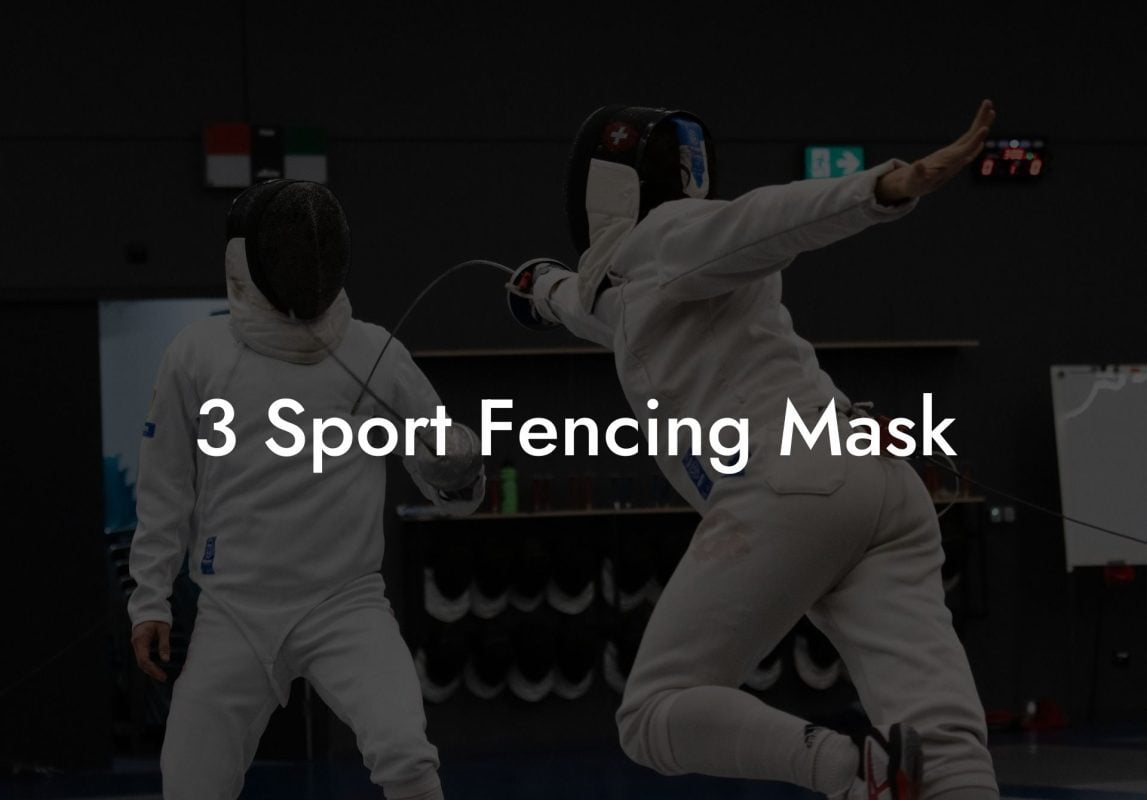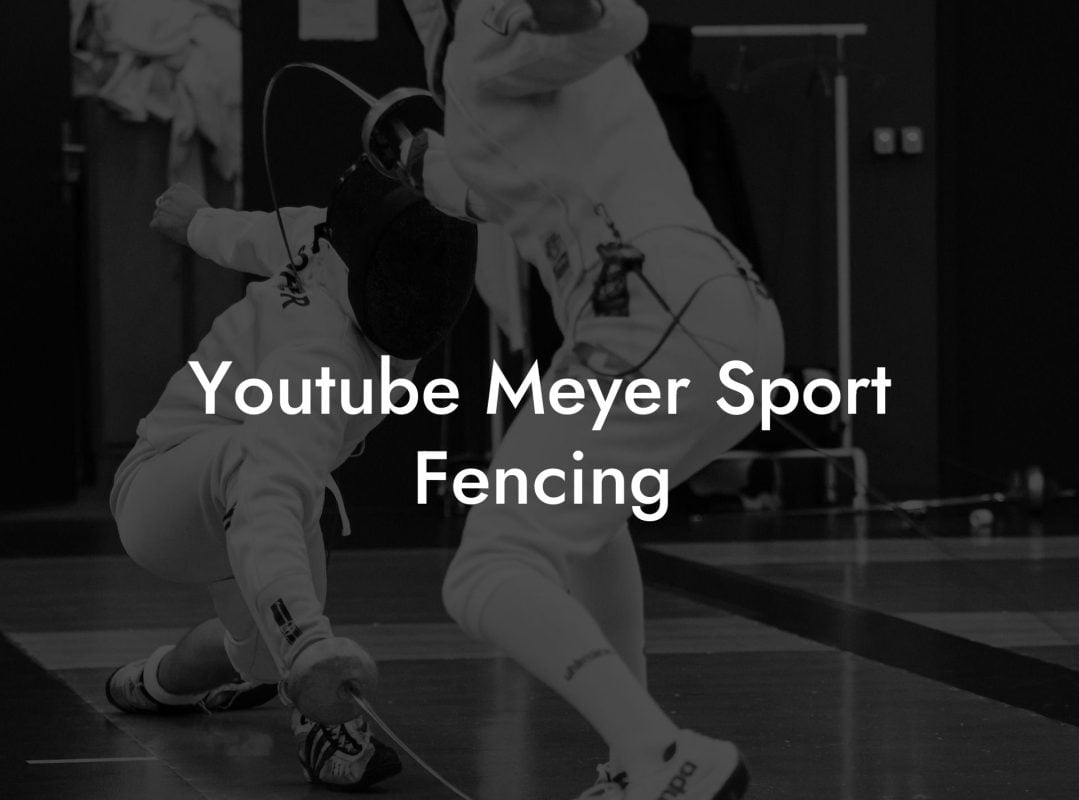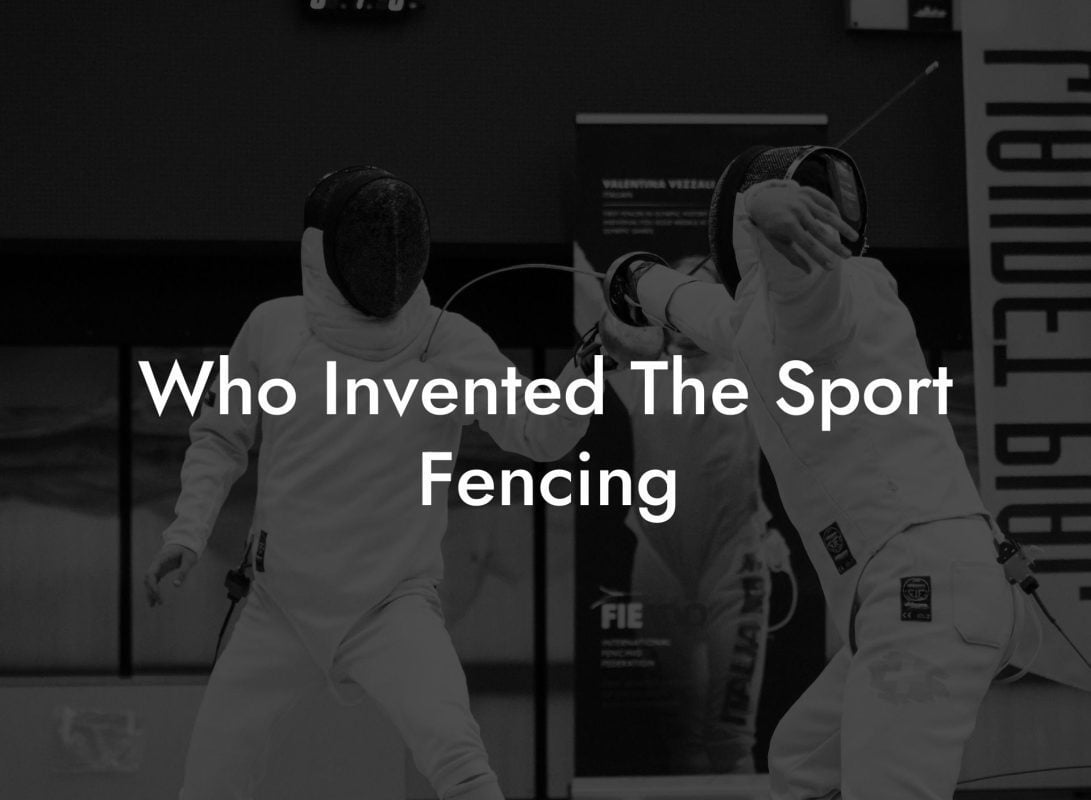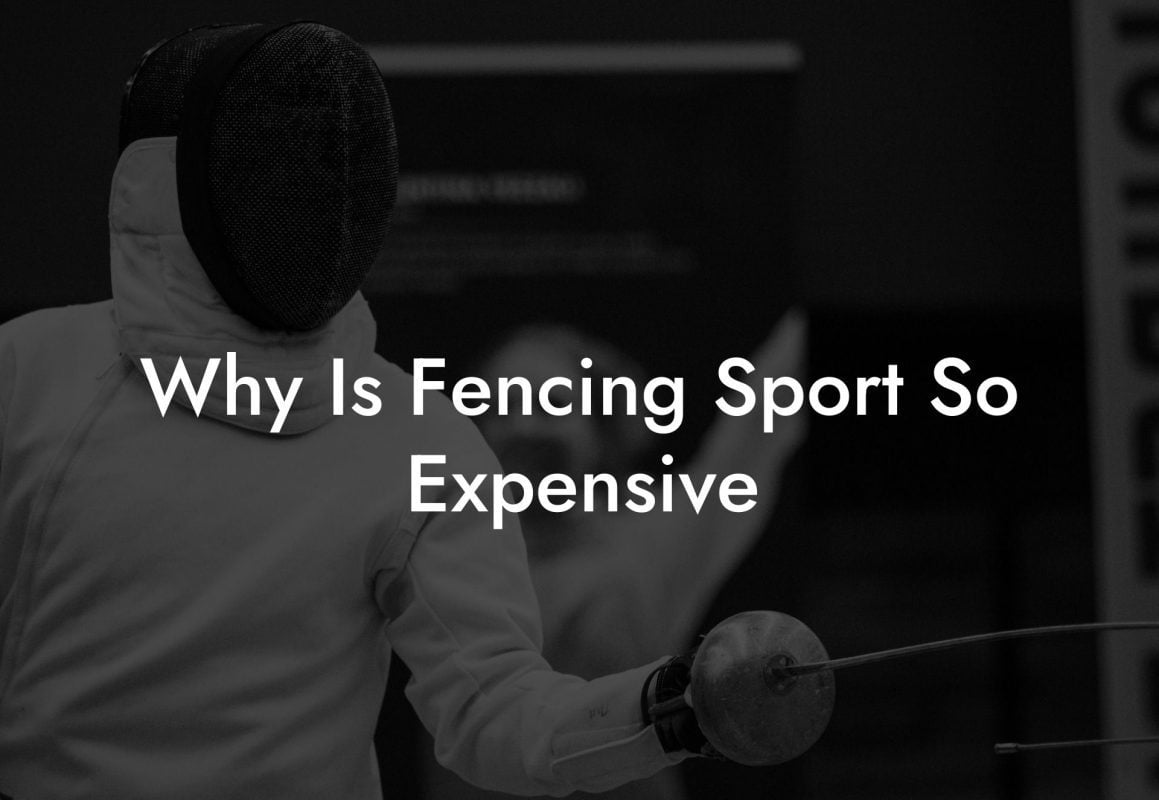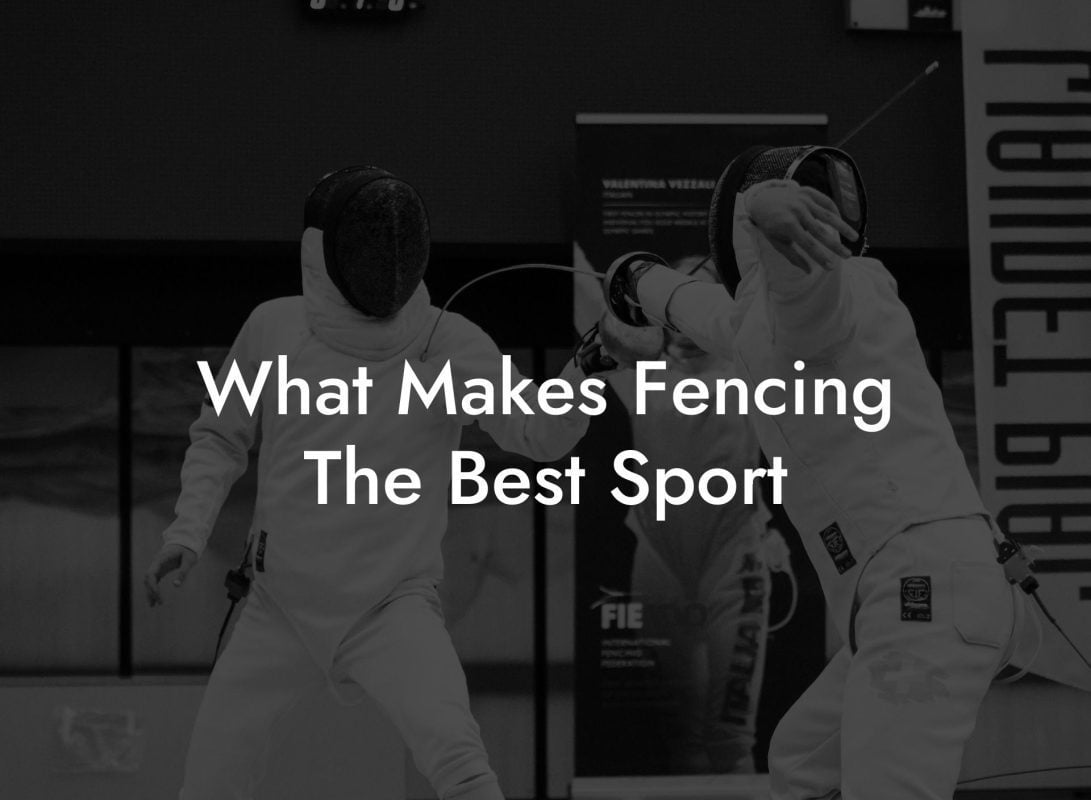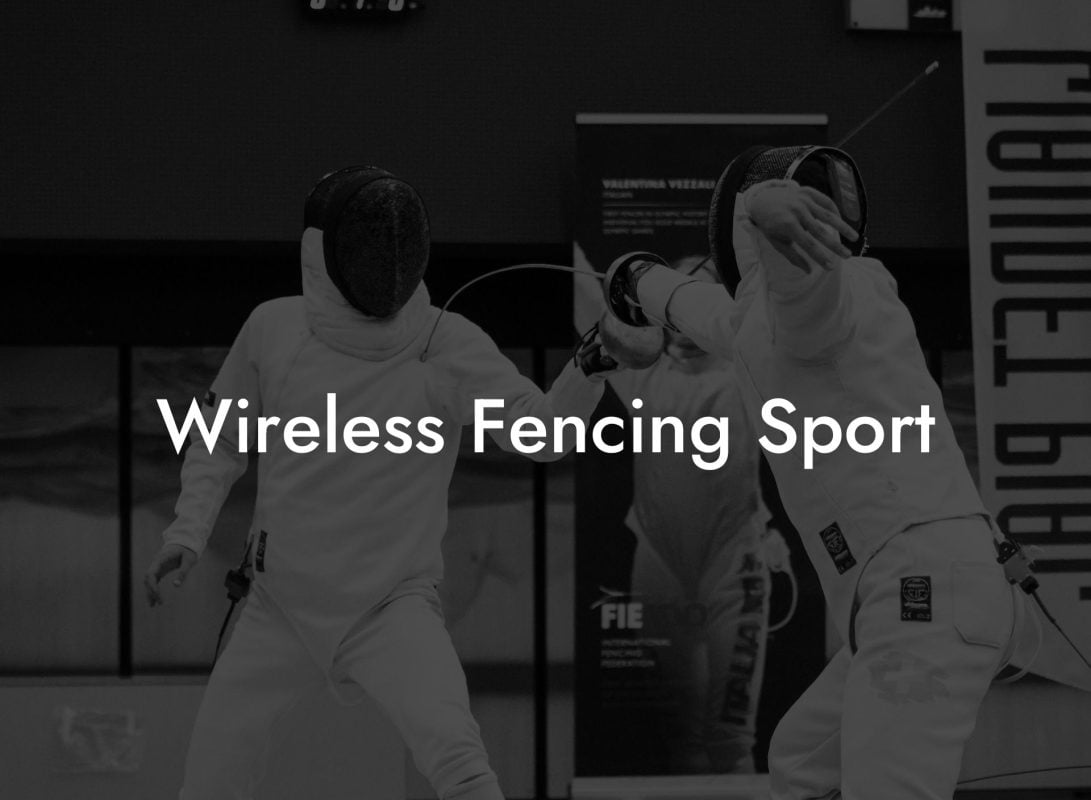Have you heard of the thrilling combination of horses and fencing? This unique sport, known as Horse Fencing or Mounted Fencing, brings together the exhilarating worlds of equestrian sports and fencing into one exciting experience. In this article, we'll explore the fascinating world of Horse Fencing, discuss its history, and give you an insight into the skills and equipment necessary to participate in this captivating sport.
Describe Horse Fencing Sport Table of Contents
A Brief History of Horse Fencing
Horse Fencing has its roots in the European martial arts traditions of the late Medieval and Renaissance periods. The sport emerged as a way for knights and nobles to hone their skills in sword fighting while on horseback, a crucial skill in the days of mounted warfare. Over time, Horse Fencing evolved into a recreational pastime and eventually a regulated sport with official rules and standardized equipment.
The Basics of Horse Fencing
In Horse Fencing, competitors face off on horseback, wielding specially designed fencing swords called sabres. The objective is to score points by landing hits on the opponent's target areas – typically the upper body and head. In modern Horse Fencing, the horses move at a canter, and the competitors must demonstrate both superb equestrian skills and precise swordsmanship to succeed.
Skills Required for Horse Fencing
- Equestrian Skills: A Horse Fencer must be an experienced horse rider, having solid control over their mount and being able to guide it effectively through the various movements needed during a bout.
- Swordsmanship: As with traditional ground fencing, a Horse Fencer must be skilled in handling a fencing sabre, both offensively and defensively.
- Coordination and Timing: The ability to harmonize the movements of both horse and fencer is critical. The rider must time their sword strikes with the canter of their horse, requiring excellent coordination and timing.
Equipment and Safety Gear
Horse Fencing requires specific equipment and safety gear, for both the rider and the horse. These include:
- Fencing Sabre: A light, flexible sword specifically designed for Horse Fencing. Typically, these sabres have blunted edges and a covered point to prevent serious injury.
- Protective Clothing: Horse Fencers wear a combination of traditional fencing gear (such as jackets, masks, and gloves) and equestrian attire (such as riding boots and jodhpurs).
- Helmet: A specialized equestrian helmet with a built-in fencing mask is required to protect the rider's head during competition.
- Horse Tack: The horse must be outfitted with appropriate tack for the sport, including a comfortable and secure saddle, bridle, and reins.
- Horse Protection: Horses wear specialized protective gear, such as padded breastplates and leg guards, to ensure their safety during a bout.
Describe Horse Fencing Sport Example:
Imagine a Horse Fencing bout taking place in an outdoor arena. Two competitors, dressed in their protective gear and mounted on their well-trained horses, face off at opposite ends of the field. As the bout begins, the horses canter towards each other while the fencers expertly guide their steeds and prepare to strike. With each pass, the fencers attempt to score points by landing hits on their opponent's target areas. The bout continues until one competitor reaches the designated number of points or the time runs out.
Now that we've introduced you to the fascinating world of Horse Fencing, we hope you're inspired to learn more and perhaps even give this captivating sport a try. Feel free to share this article with friends and fellow fencing enthusiasts, and explore other guides on Anchorage Fencing Club for more in-depth information on the world of fencing. Together, let's embrace the exhilarating combination of horses and fencing!

